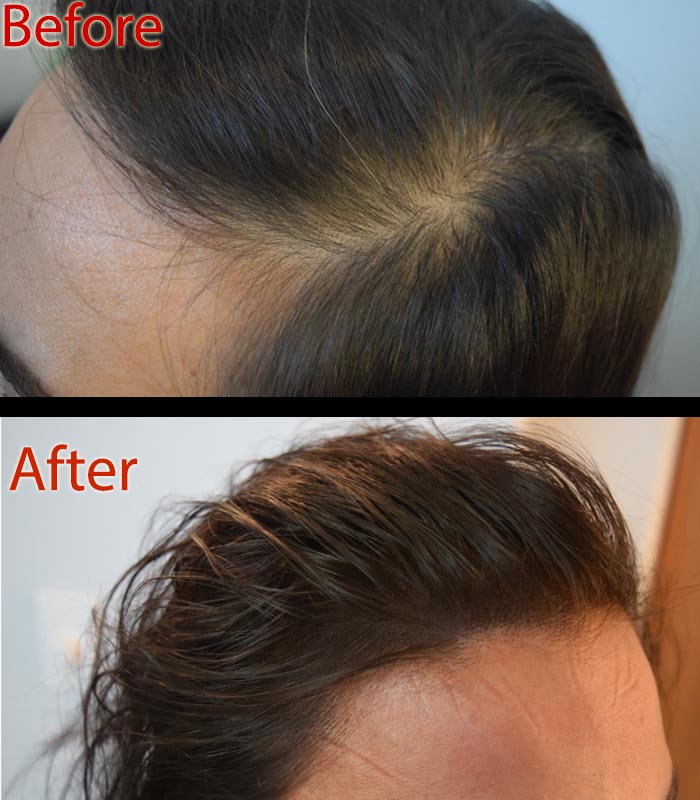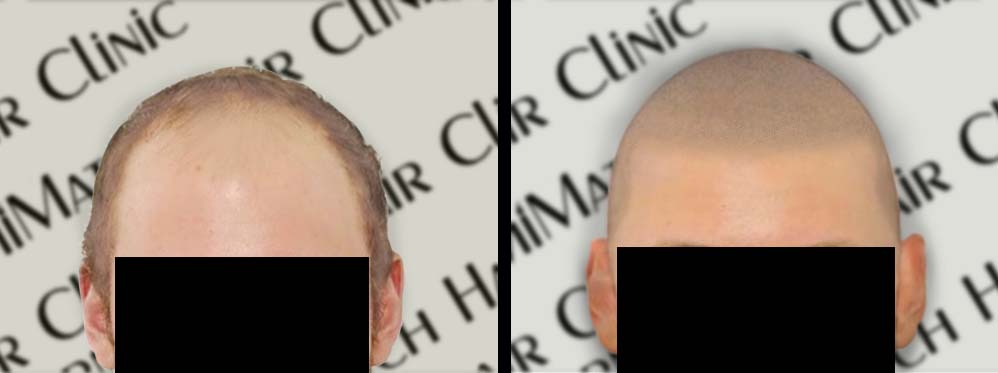Hair loss is not a male-dominant issue. In fact, hair loss in women is also no less significant. Rather, it affects a significant number of women. In fact, by the age of 50, nearly 40% of women will experience noticeable hair thinning or loss, and this can occur at any age due to a variety of factors.
Unlike men, who may develop bald patches or a receding hairline, women typically experience diffuse thinning across the scalp. Let’s explore the causes behind female hair loss and exploring solutions can empower women to regain confidence and improve their hair health.
Common Causes of Hair Loss in Women
Hormonal Changes
Hormonal fluctuations are undoubtedly the primary causes of hair loss in women. Major life events like pregnancy, childbirth, and menopause can cause significant shifts in women hormone levels.
During pregnancy, elevated estrogen levels extend the growth phase of hair, resulting in thicker, fuller hair. However, after childbirth, when estrogen levels drop, many women experience postpartum hair loss.
This condition can lead to noticeable shedding but typically resolves over time as hormone levels stabilize.
Genetics
Female pattern hair loss is a hereditary condition that affects millions of the fairer sex. Unlike men, who often develop bald patches or a receding hairline, women tend to experience diffuse thinning across the scalp. It is particularly noticeable along the part line or at the crown.
This condition can be aggravated by hormonal changes during menopause when estrogen levels decline, allowing male hormones (androgens) to have a stronger effect on hair follicles.
Medical Conditions
Several medical conditions are known to affect hair growth. Thyroid disorders, such as hypothyroidism and hyperthyroidism, can result in hair thinning. Autoimmune conditions are also linked to hair loss. For example, alopecia areata, where the immune system attacks follicles, results in hair loss. Besides, polycystic ovary syndrome (PCOS) may cause hair loss due to an imbalance in androgens.
Nutritional Deficiencies
A poor diet lacking essential nutrients can easily contribute to hair loss in females or men. Deficiencies in iron, vitamin D, zinc, and B vitamins, especially biotin, may increase hair shedding.
Maintaining a balanced diet rich in these vitamins and minerals is important for promoting healthy hair growth and preventing nutritional-related hair thinning.
Stress
Physical or emotional stress can trigger a type of temporary hair loss. This condition occurs when too much of stress force follicles to enter the resting phase. As a result, hair shed several months later. Stress-related hair loss is often temporary, and with the reduction in stress levels, hair typically regrows.
Solutions for Hair Loss in Women
While addressing hair loss requires identifying its underlying cause, there are several treatment options available that can help manage the condition and restore a fuller, healthier appearance.
Medical treatment, hormonal therapy, nutritional support, and hair restoration techniques are some of the hair loss treatment options.
Scalp Micropigmentation as a Solution
Whether the cause is hormonal, nutritional, or related to stress, scalp micropigmentation can help hide scalp flaws. But everyone out there does not have SMP certification. Trusting a tattoo artist with the task of scalp micropigmentation is not the best deal. Find a skilled scalp practitioner instead.
DermiMatch Clinic technicians are skilled and experienced in SMP in Arizona. Trust your Arizona scalp job to the experts if women hair loss is a problem.


